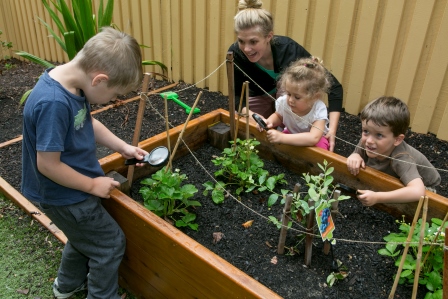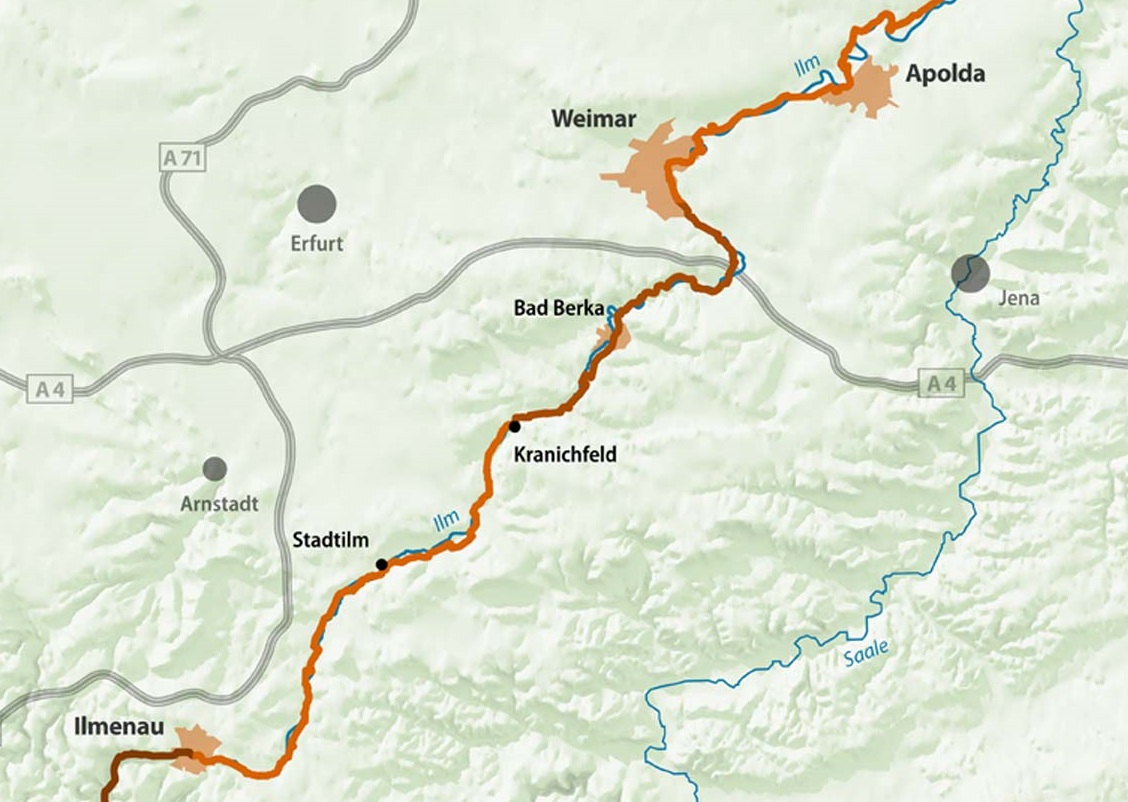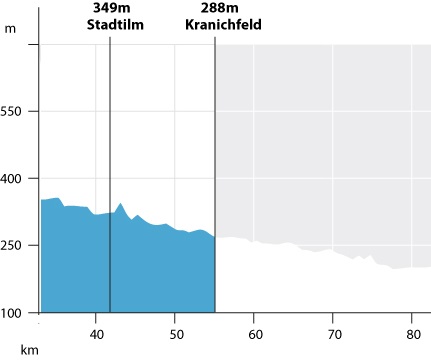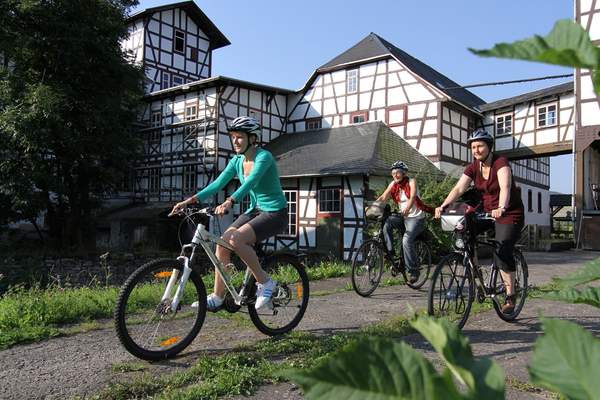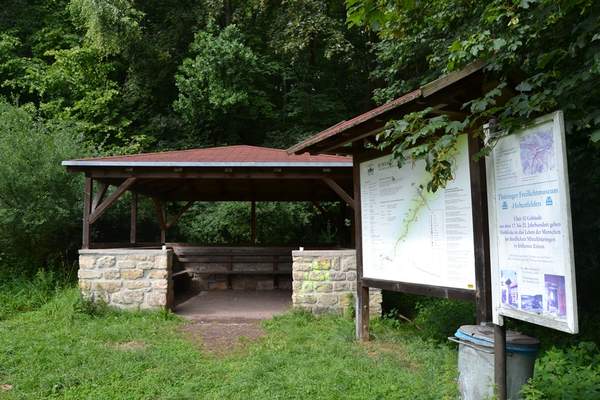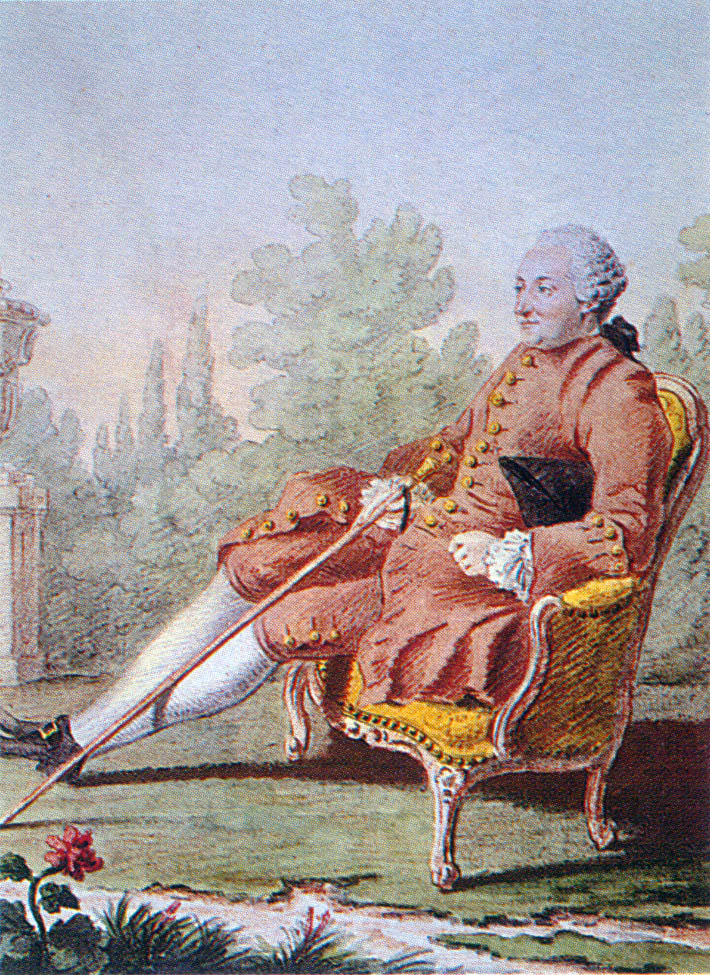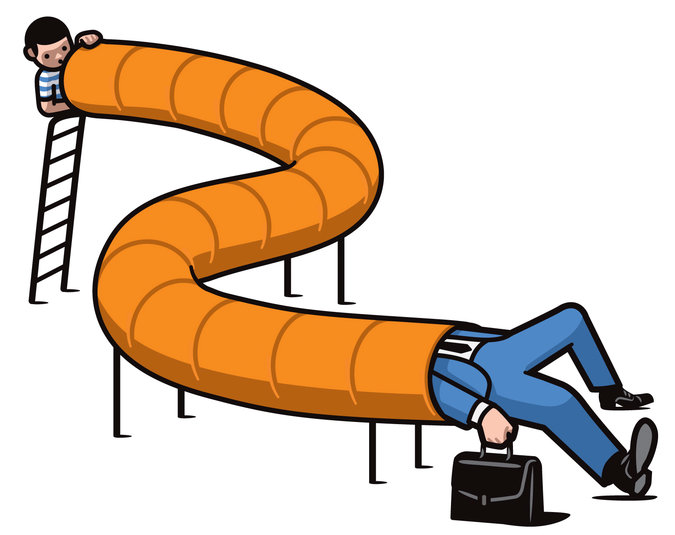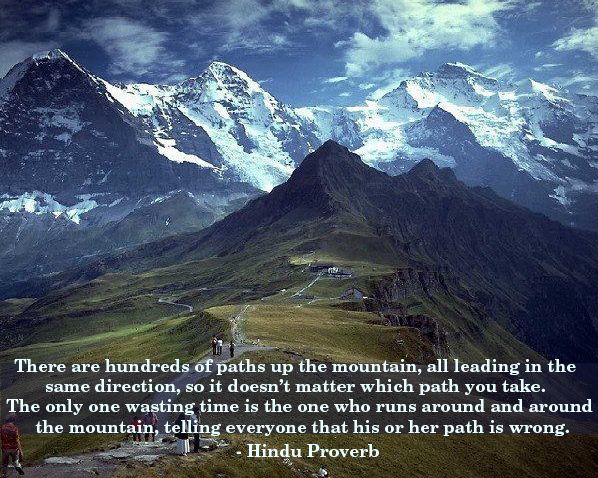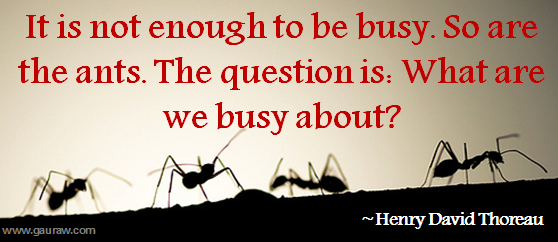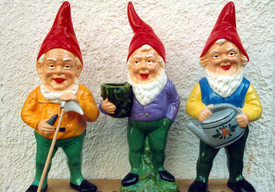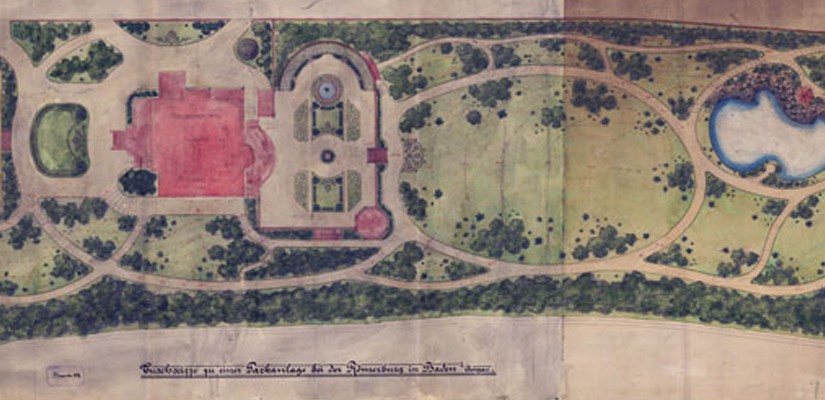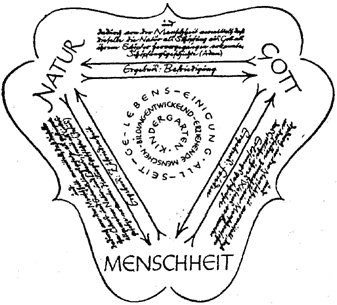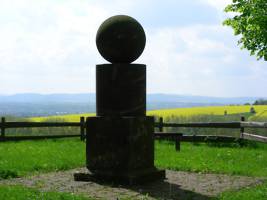$4 million has been committed to the Little Scientists program in Australia to inspire three year old and four year old children, through active engagement with the world around them. Young Australians are becoming more numerate and scientifically literate by learning to count with little towers of wooden blocks and blowing bubbles. Nurturing the imagination of each child ensures they will go on to create the prosperity for Australia to remain a first world, generous social welfare net, high wage economy. read more
Activities start with familiar objects and experiences. Each child asks questions, which can be explored rationally. Making connections, drawing inferences, and creating new information are the building blocks for a culture of science and technology to create an innovation nation.
The curriculum encourages the autonomy, self confidence and self esteem of each child, based on the progressive ideas of Friedrich Fröbel, the renowned educator, who developed the Kindergarten concept 175 years ago. The program sparks interest in science, technology, engineering and mathematics by encouraging teachers to implement ideas and concepts from workshops, while exploring together with the children in their care.
Source: Little Scientists Australia
The five year olds agree: trees make the wind by shaking their branches. Their teacher does not correct them, but instead asks whether anyone has seen the wind in a place where there are no trees. One boy recalls a visit to the seashore, where the wind was whipping up water and sand with no trees in sight. Another child says that moving cars make fallen leaves twirl. Perhaps, they decide, trees are not the source of a breeze.
Little Scientists marks a departure, says a kindergarten teacher who participates in the programme. “You have to be willing to do something with the kids that might not lead to a result. They will not take something home that they can show their parents.” Teachers trained in the method encourage children to ask questions about natural phenomena and everyday objects. read more
